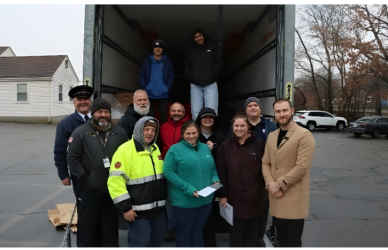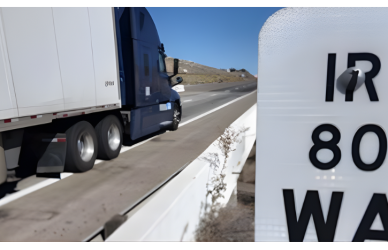The U.S. Department of Transportation recently underscored collaborative anti-human trafficking efforts across various transportation modes. Secretary Pete Buttigieg emphasized the Transportation Leaders Against Human Trafficking campaign, a joint safety initiative addressing the issue throughout the transportation system.
“The horrors of human trafficking are far reaching, but together, we have the power to detect and prevent them,” Buttigieg said. This spotlight coincided with National Human Trafficking Prevention Month in January.
“We’re empowering America’s transportation workforce and the traveling public — hundreds of millions strong — to be the eyes and ears of a collective effort to combat trafficking,” Buttigieg said.
As part of the initiative, the Department of Transportation outlined mode-specific indicators related to human trafficking. For the trucking industry, these indicators encompass sites with unusually high security measures, out-of-place vans near truck areas, vehicles dropping off and picking up individuals by trucks, and unsupervised travel by minors.
Stakeholders like Truckers Against Trafficking and the American Trucking Associations actively contribute resources to combat human trafficking. The ATA is part of the Transportation Leaders Against Human Trafficking initiative, engaging in training, education, policy development, public campaigns, and networking forums.
“Members of the trucking, bus and energy industries are invaluable in the fight against this heinous crime. As the eyes and ears of our nation’s highways, you are in a unique position to make a difference and close loopholes to traffickers who seek to exploit our transportation system for their personal gain,” said Truckers Against Trafficking.
On Capitol Hill, lawmakers, such as Reps. Brian Fitzpatrick (R-Pa.) and Bill Keating (D-Mass.), are continually working on legislation to address this societal issue. The recently introduced End Banking for Human Traffickers Act aims to enhance collaboration between the private sector and law enforcement to combat financial crimes associated with trafficking. The bill also seeks to improve training and examination procedures for detecting transactions linked to human trafficking by the Federal Financial Institutions Examination Council.
“Traffickers utilize the services of banks, credit card companies and money transfer businesses around the world to launder illegal funds. Our bipartisan End Banking for Human Traffickers Act would strengthen collaborative efforts to keep these criminals from being able to use the global financial apparatus for their heinous activities,” Fitzpatrick said. “I am grateful for Rep. Keating’s partnership in this critical effort to both halt traffickers’ access to financial institutions and the ability to exploit their victims. … The End Banking for Human Traffickers Act is vital legislation which will close loopholes and direct regulators to work with law enforcement to combat the use of the financial system by human traffickers.”
Highlighting the severity of the issue, the International Labour Organization reported that in 2021, nearly 50 million people were living in modern forms of slavery.
Source: Transport Topics











